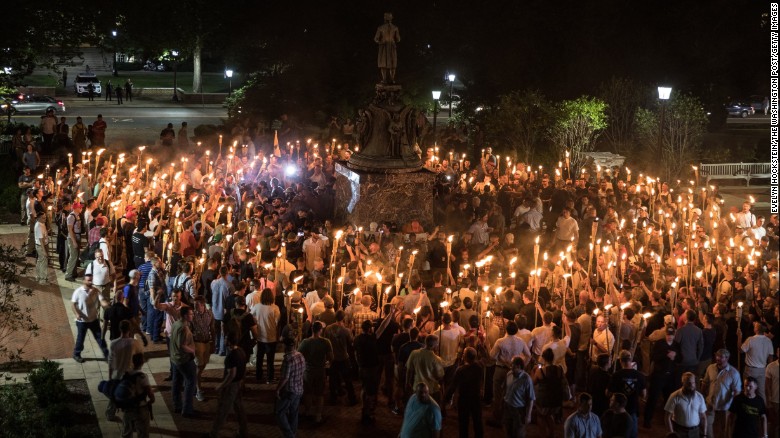The Politics of Public Art in Jefferson Country
Central Virginia is sometimes called “Jefferson Country.” It is here, at the base of the Blue Ridge Mountains, that Thomas Jefferson was born, built his houses, developed 10,000 acres of active plantation labored on by hundreds of men, women and children, and, fathered black children and white children. Due to the rural nature of the area—farms, wineries, and orchards remain part of the Virginia landscape despite pressure from development—public art occurs with less frequency than in cities. Lone Confederate soldiers and obelisks exist, as do doughboys and one-off bronze statues to “great men” (usually white, never women). As to be expected, much of the public art references Jefferson in some way. His name appears as inscriptions on buildings, his visage appears in bronze in just about every town, and there are Virginia Historical Highway markers in many areas—telling viewers where he was born, where he visited friends, where he designed buildings that no longer stand. Although his reputation has been eroded, Thomas Jefferson’s name is still currency in central Virginia.
This paper offers the opportunity to examine works of public art that reflect changing sensibilities about Jefferson and the troubling status of his life, work and place in American history. In the first part of the twentieth century, Jefferson was a favored Founding Father—a demigod who lived atop the mountain (Monticello) and looked down from on high with a paternalistic view. But, but by the end of the same century, Jefferson knocked from his pedestal—the same pedestal the United the Right protestors used as a centerpiece for their Tiki-torch light march on the evening of August 11, 2017. Thus, in the twenty-first century, the revival of the uses of bronze figuration in the public sphere has moved from the margins of culture, to the center (again). Traditional bronzes have been created for both of the homes that Jefferson designed for himself, Monticello and Poplar Forest, as well as for all of the presidential homes in the Piedmont as well as for the new National Museum of African-American History and Culture in Washington, D.C.

